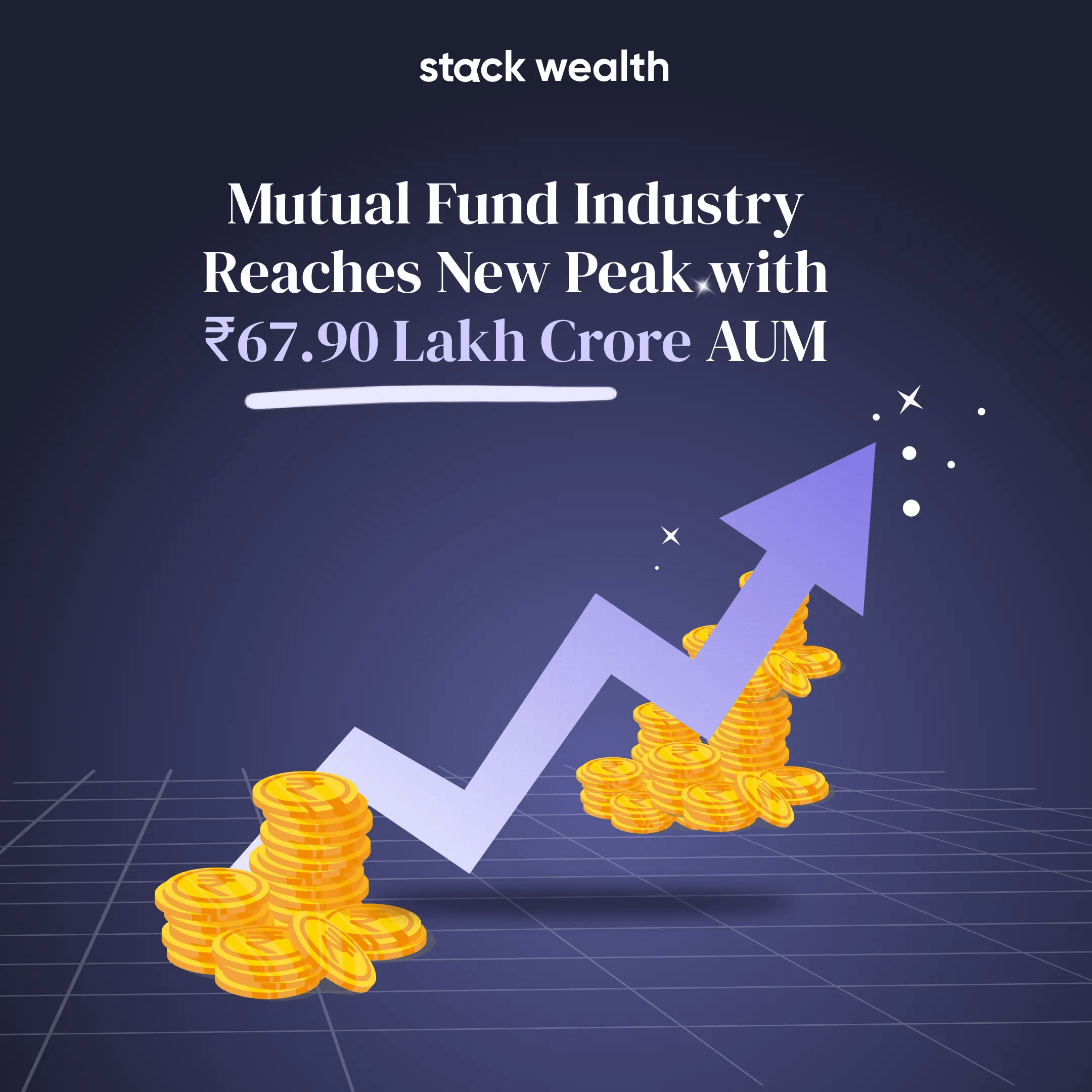
news



news
25 Apr 2025
BluSmart Collapse: Fall of India’s EV Startup

news
17 Apr 2025
India to Remove Import Tax on US Fuels

news
11 Apr 2025
Gold Hits ₹94,000 Amid US-China Trade War

news
28 Mar 2025
Finance Bill 2025 Passed in Lok Sabha

news
21 Mar 2025
Jio Financial Partners With Allianz to Launch New Insurance Venture in India

news
13 Mar 2025
Jio & Airtel’s Starlink Partnership

news
07 Mar 2025
RBI Plans Stricter Rules for Gold Loans

news
04 Mar 2025
Nifty Drops 16% as Markets Crash

news
28 Feb 2025
Tuhin Kanta Pandey Takes Charge as SEBI Chairman

news
21 Feb 2025
LIC’s Portfolio Takes a Hit – Massive ₹84,000 Cr Loss

news
14 Feb 2025
Modi-Trump Bilateral Talks

news
07 Feb 2025
RBI Cuts Repo Rate to 6.25%

news
03 Feb 2025
Union Government Discontinues Sovereign Gold Bonds

news
31 Jan 2025
China’s DeepSeek AI Challenges OpenAI – Triggers Historic Market Crash

news
24 Jan 2025
Minimalist Acquired by HUL: ₹2,955 Crore Deal with 90.5% Stake

news
17 Jan 2025
Hindenburg Shutdown: A Rise in Adani Group Shares

news
10 Jan 2025
LA Fires: How Climate Change Impacts the Economy

news
03 Jan 2025
India’s SpaDEX Mission: A Historic Leap in Space Exploration

news
27 Dec 2024
Nirmala Sitharaman Decodes GST on Popcorn: What Moviegoers Need to Know

news
20 Dec 2024
3 Global Events That Shaped 2024 Markets

news
29 Nov 2024
Global Trade Wars: A Threat to Growth

news
23 Nov 2024
Adani Bribery Scandal & Stock Market Jitters: What Investors Need to Know

news
15 Nov 2024
Bitcoin Hits $93.5K: A Big Story in Financial Markets.

news
08 Nov 2024
Trump 2.0: Impact of New US Policies on India’s Economy

news
30 Oct 2024
India’s New Most Expensive Stock Surpasses MRF’s Price

news
25 Oct 2024
Sensex, Nifty Record a Steep October Decline

news
18 Oct 2024
Quant Mutual Fund Becomes Largest Investor in Adani Enterprises’ QIP

news
18 Oct 2024
Mutual Fund Hits Rs 67.90 Lakh Crore AUM in Sep 2024

news
05 Oct 2024
Iran-Israel Tensions Trigger Global Market Volatility: What It Means for India

news
20 Sep 2024
Tupperware Files for Chapter 11 Bankruptcy: What Went Wrong?

news
13 Sep 2024
Bajaj Housing Finance IPO Shatters Records: 60x Subscription Rate

news
06 Sep 2024
6 Reasons Behind Nvidia’s $279 Billion Single-Day Loss – A U.S. Record

news
30 Aug 2024
Berkshire Hathaway: The First Non-Tech US Firm to Hit $1 Trillion Market Capitalisation

news
23 Aug 2024
Ola Electric’s Stock Soars to ₹66,000 Crore: Surpasses Tesla’s Valuation?

news
16 Aug 2024
Hindenburg Accuses SEBI Chief of Ties to Adani-linked Fund

news
09 Aug 2024
Global Stock Market Crash: The Real Cause and Its Impact on the Indian Market

news
02 Aug 2024
India Enters the Race to Host the 2036 Olympics

news
25 Jul 2024
India’s Union Budget 2024-25: The Key Highlights

news
19 Jul 2024
SEBI Proposes a New Asset Class between Mutual Funds and PMS: Beneficial or Risker?

news
17 Jul 2024
Apple is Buffett’s best investment. It’s also now one of his riskiest.

news
11 Jun 2024
Forbes’ annual rich list is out, and Ambani is 9th

news
11 Jun 2024
Your spotify playlist is shaping the economy 🎵

